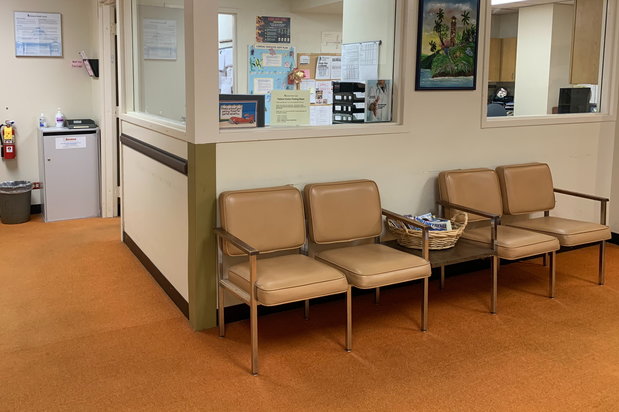Suicide is the second leading death for young people ages 10-24. Research shows that suicide kills more youth than cancer, heart disease, birth defects, influenza, and AIDS combined.
It's no surprise that suicide remains a devastating and complex epidemic. Loved ones miss the warning signs. Peers don't always know how to help. Even mental health professionals often struggle with how to intervene or provide treatment.
Researchers are continuing to study the variables driving suicidal behavior. While we don't have a cure, we do have some evidence that supports positive change.
Suicide Trends Among Youth
Suicide rates are on the rise among the nation's youth. In 2017, over 5000 young males and over 1200 females took their lives. This rate is the highest it's been since the government began acquiring data in 1960. It has increased by a staggering 33 percent from 1999 to 2017.
Many factors contribute to this travesty. While it's impossible to pinpoint a single culprit, health experts point to the:
- rising rates of depression and anxiety
- rampant social media use
- growing opioid epidemic
- families and officials having the willingness to acknowledge suicide as the reason/cause for death
Additionally, today's youth report higher levels of stress than previous generations. One study found that teens feel more stressed than adults. They feel stressed about school, friends, college, money, romantic relationships, and self-esteem. Additionally, many teenagers indicate feeling immense pressure from their parents, teachers, or coaches.
This stress comes with both emotional and physical consequences. 30 percent of teens feel sad or depressed due to their stress. Over a quarter of them reported experiencing serious sleep or appetite problems.
How Mental Health Treatment Helps
Many chronic mental health issues first emerge during adolescence. In fact, 50 percent of such problems occur before age 14, and 75 percent occur by age 24.
The onset of these conditions can be frustrating and overwhelming for both individuals and their families. This time is already a time full of transitions and changes—changes in mental health often exacerbate that stress.
Approximately 1 in 5 teenagers have a mental health illness. However, many people do not receive the help they need. Instead, they often suffer in silence.
Treatment can make a profound difference. Young people can learn how to manage their symptoms. Therapy provides a safe and nonjudgmental space to learn new coping skills. It also helps people strengthen their self-awareness and self-esteem. Additionally, some people benefit from psychiatric medication, which can help regulate emotions and mood.
What The Research Shows
To examine how mental health treatment impacted suicide statistics, researchers extracted Medicaid data on suicide from 16 states. They included all 910 youth who died from suicide aged 10-18 from 2009-2013. They compared these 910 individuals to controls based on sex, race, ethnicity, and Medicaid eligibility.
The cohort was predominantly male (72.9 percent). This number highlights the significant sex differences associated with suicide. Approximately 40 percent of the individuals who died had been diagnosed with a mental illness. This figure compares to just 17.5 percent of the control participants.
Researchers did find that specific diagnoses had a higher risk for suicide than others. These diagnoses included:
- bipolar disorder
- depression
- schizophrenia
- substance use disorder
- epilepsy
However, they also concluded that increased mental health visits within the month before the index date were associated with a decreased chance for suicide.
Conclusion
We know that the future lies in the hands of our youth. With suicide rates on the rise, we all play a part in protecting our most vulnerable population. The more we learn the warning signs—and the more willing we are to step in and help—the more we can do to fight youth suicide.
If you or someone you know is seeking professional help, please visit our directory of mental health resources or call 800-772-8219 to speak to a treatment specialist.








